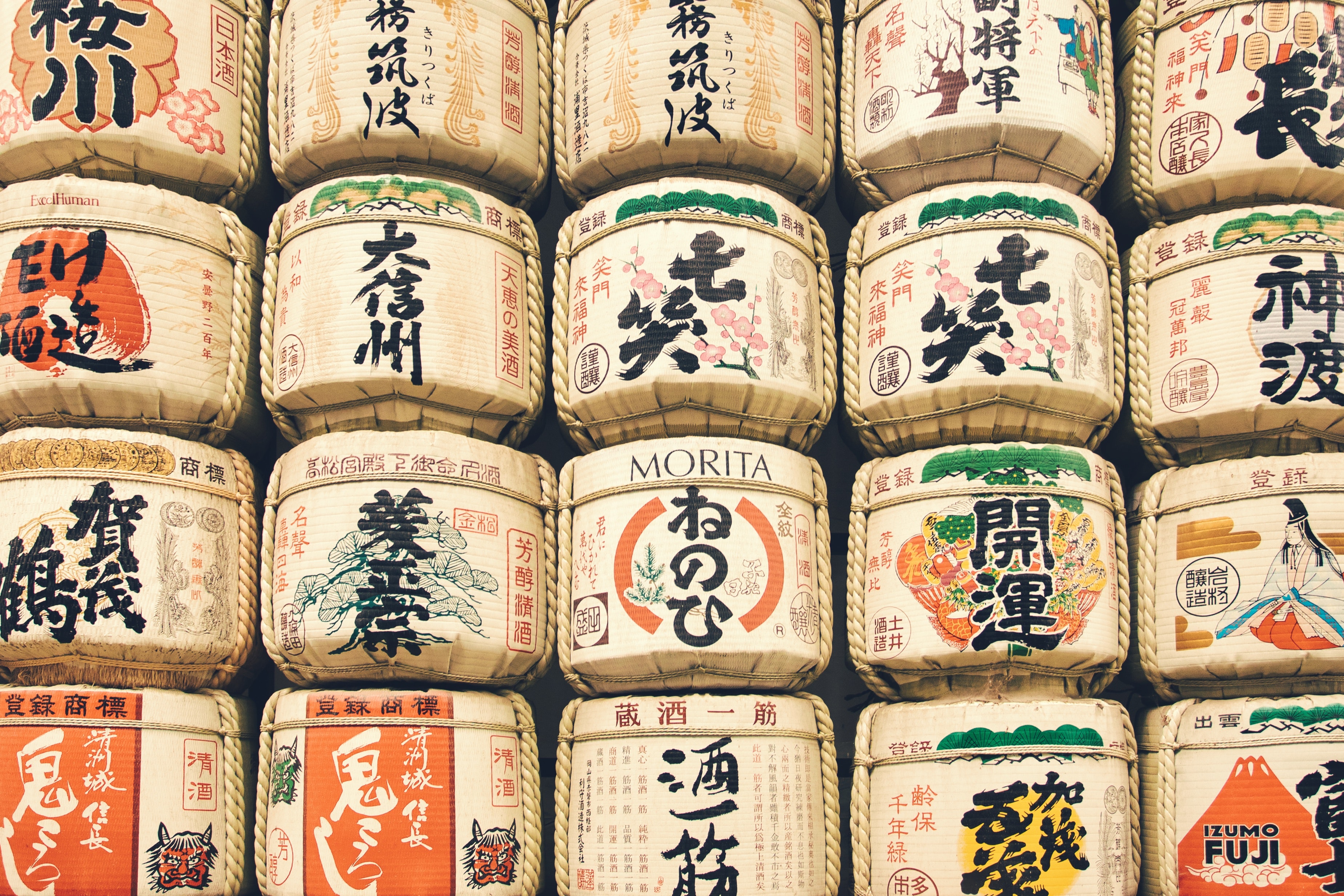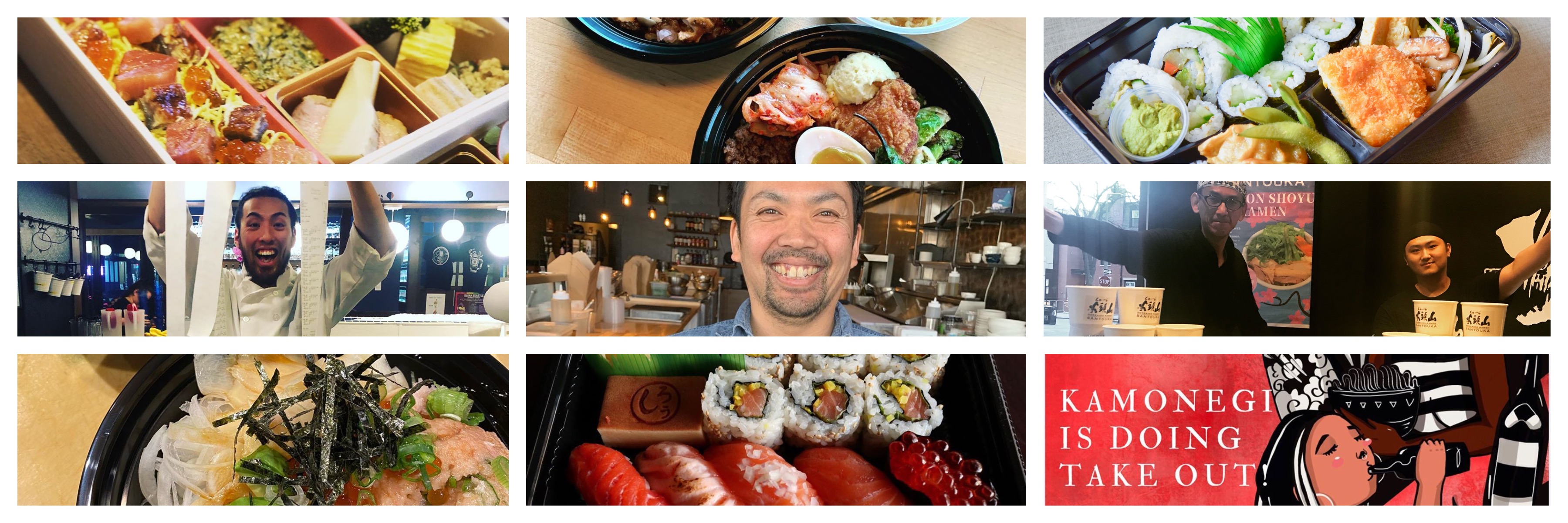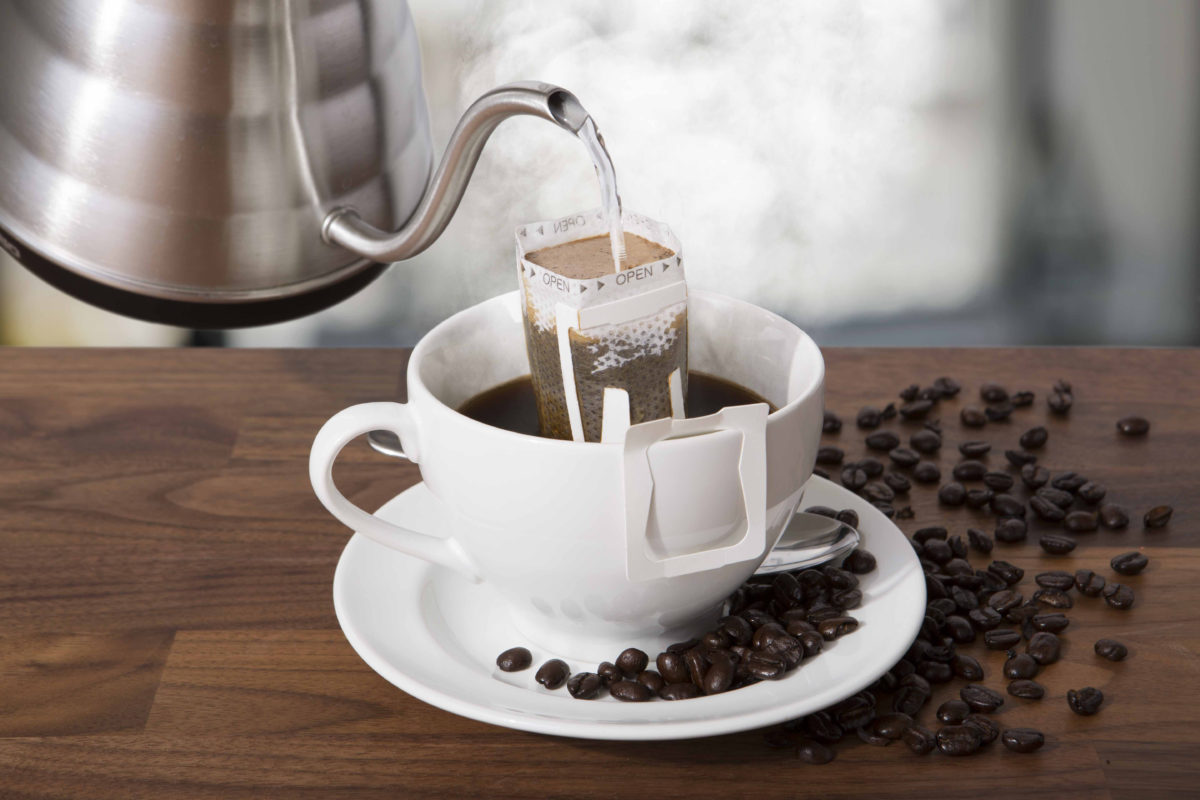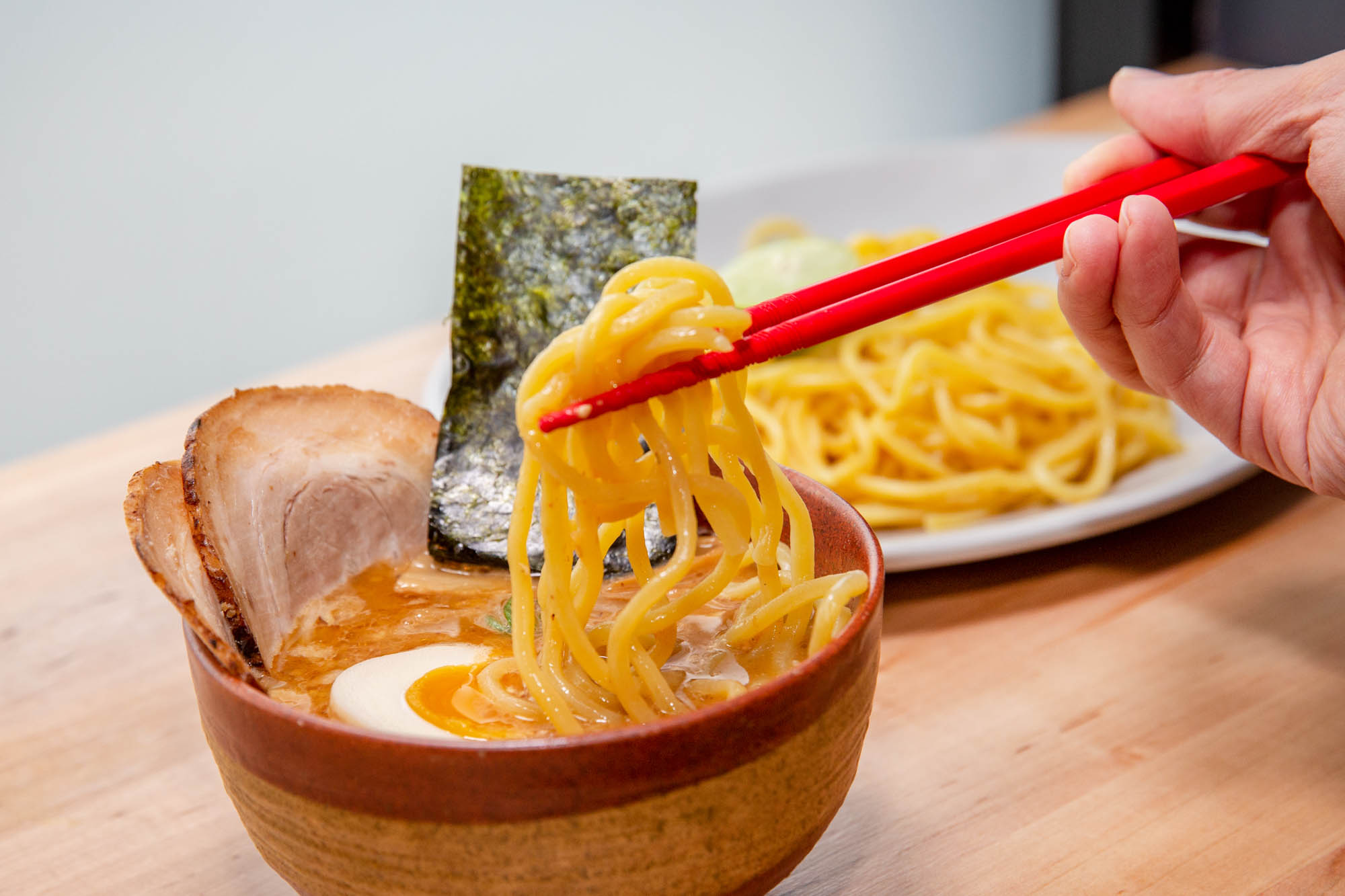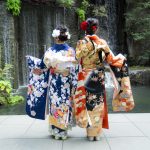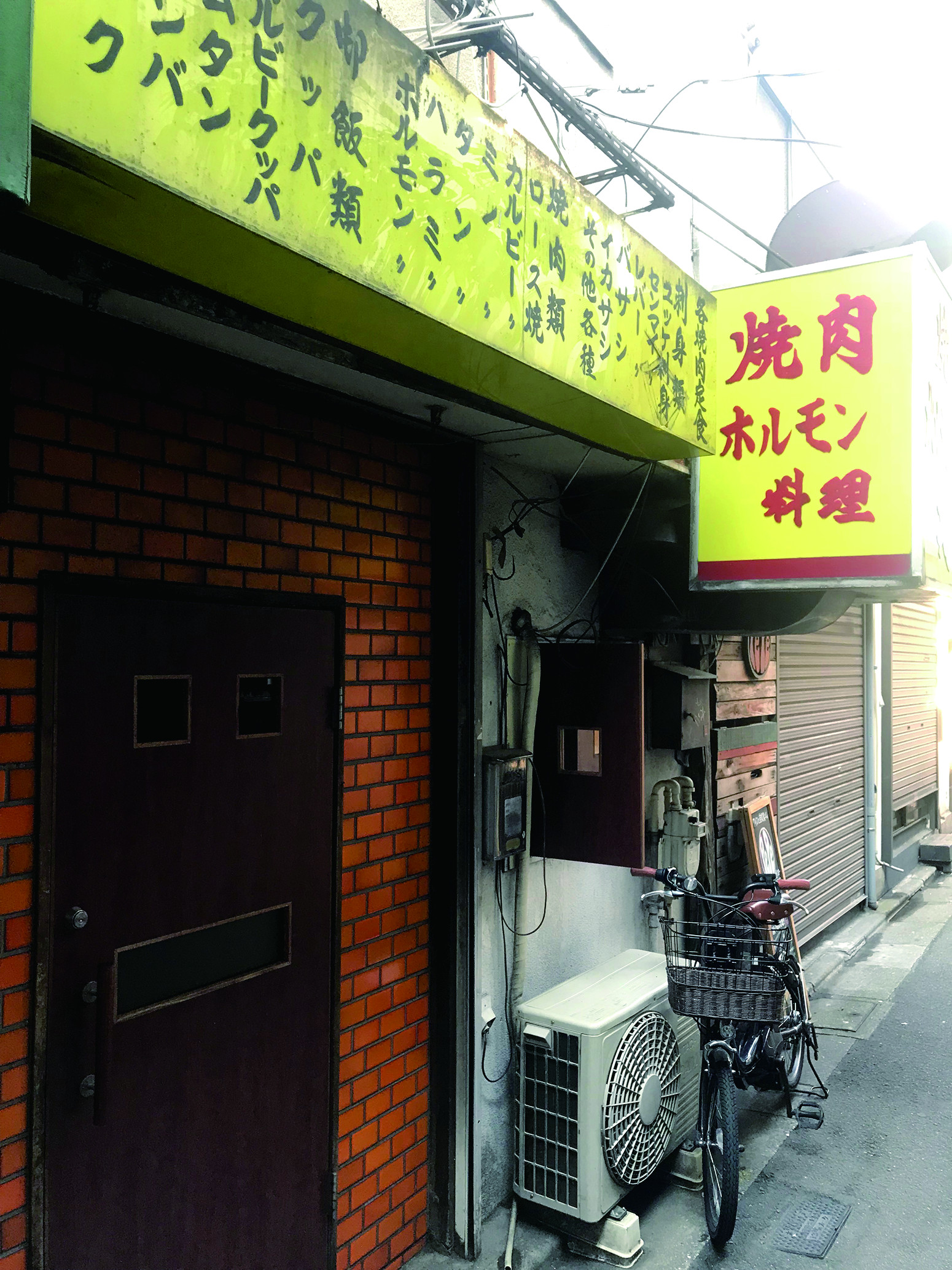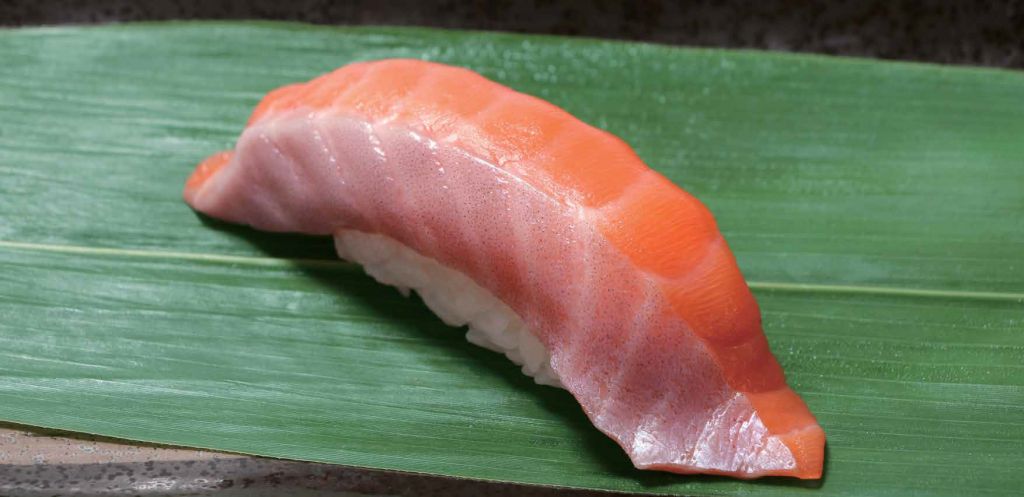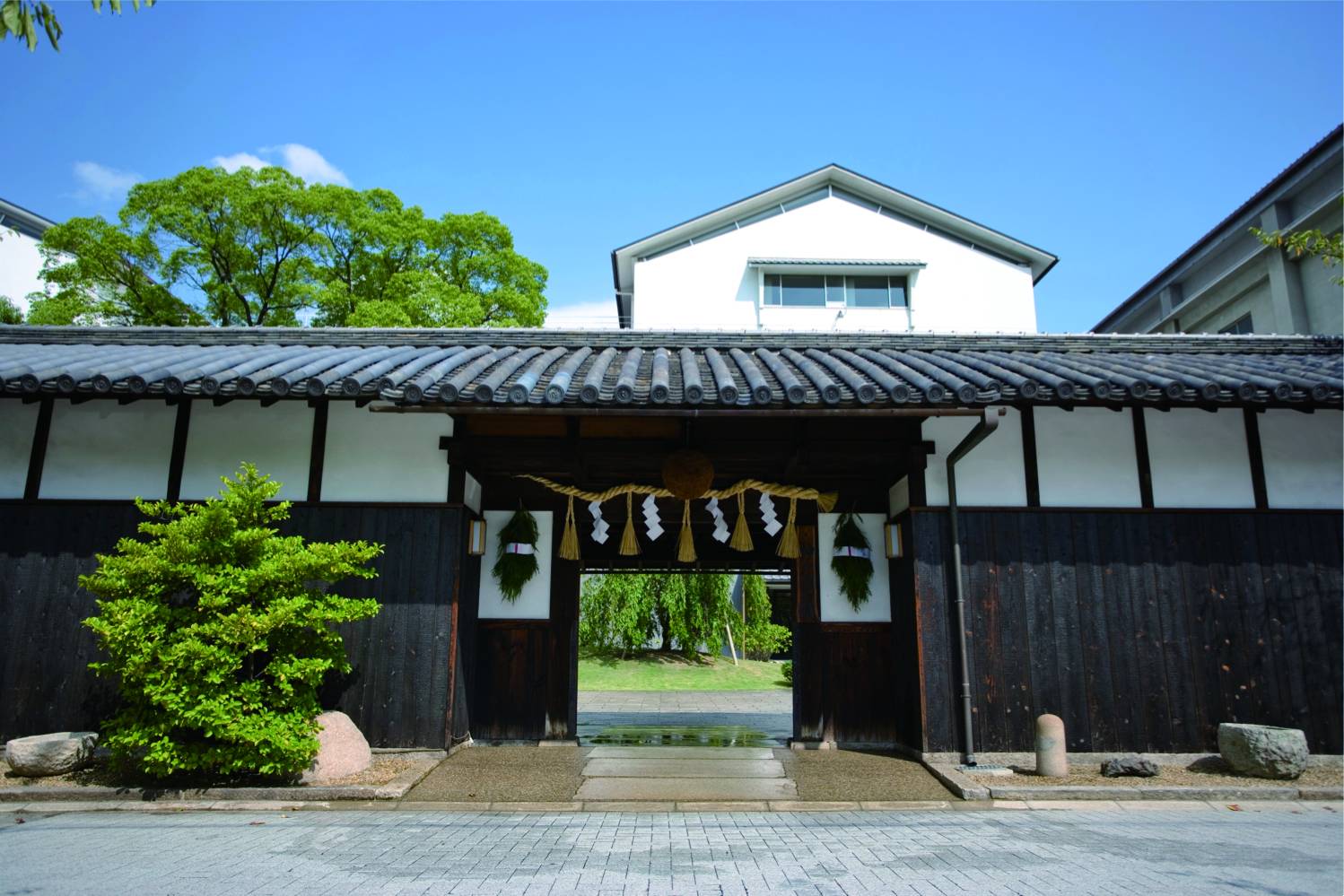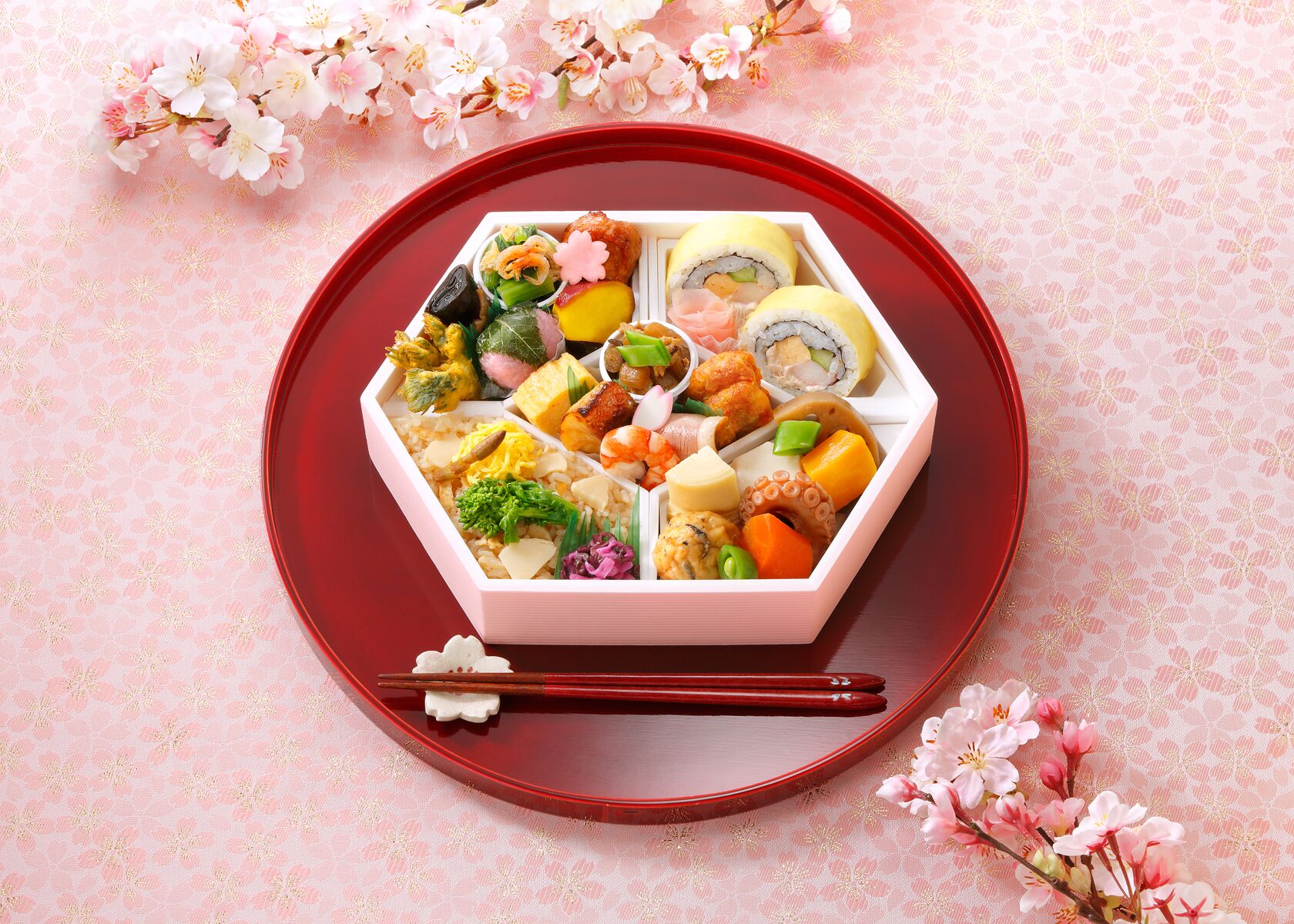What is sake?
In English, “sake” refers to the alcoholic fermented rice beverage from Japan.
You can classify sake by several different factors including liquor quality, brewing process, the type of rice used, and more. If you are a beginner who just want to enjoy sake tasting, this guide is for you.
Follow along as we share more about Japanese sake and discover the beauty of this wonderful beverage.
Seimai buai
One of the first steps in sake-making is the polishing of the rice. In the sake-making process, you may often see the Japanese word, seimai buai. It is a word that you will need to know to order your sake by grade and category. It is the actual term for how much a grain of brewing rice is polished or milled.
Cutting rice is generally expressed as “polishing rice” in the sake industry. If you read about sake that has been polished to 70 percent, it means 30 percent of the original rice kernel has been polished away, leaving it just 70 percent of its original size.
It is said that the average percentage of polished rice you eat has been polished to an average of 90-92 percent. This means about 10 percent of the original rice kernel has been polished away. However, it is usual in the general sake-brewing process that rice has been polished to nearly half its original size. Ginjoshu (吟醸酒) is defined as having been polished all the way down to at least 60 percent; daiginjoshu (大吟醸酒) has been polished to at least 50 percent.
Why polishing rice that much?
The outside of rice is rich in nutrients such as lipids and proteins, which are said to lead to zatsumi (unfavorable taste in sake). While sometimes a little less polishing can result in an interesting, tasty sake, it is generally thought that the more the rice is polished, the higher the grade of sake.
Junmai
Sake is basically made with rice and water, but there is a practice in Japan that calls for the adding of small amounts of distilled alcohol (95 percent alcohol) to the brewing process, which amongst other results brings out different flavors, aromas, and textures in the sake. This adding process first divides sake into two broad types: whether the sake has a bit of distilled alcohol in it or not.
You might imagine “food additives” when you hear about how certain sakes have alcohol added to them. However, the distilled alcohol is purely made, so it is different from a food additive.
Junmai refers to sake made with rice, water, and koji (microbes that converts rice into sugar). Junmai made with rice that has been greatly polished is called junmai ginjo (純米吟醸酒) and junmai daiginjo (純米大吟醸).
If the sake has some additional distilled alcohol, it cannot be categorized junmai. However, if well-polished rice is used to make the sake, it can be called ginjo or daiginjo, without the word junmai.
To keep things simple, we focused on only some major types and classifications. However, just understanding a few of these can greatly enhance your sake experience.






